Profitable Lead Gen Series: Optimized Forms
Lead generation doesn't actually happen until you turn a visitor into a lead by collecting their information via a form. Forms are the key to...
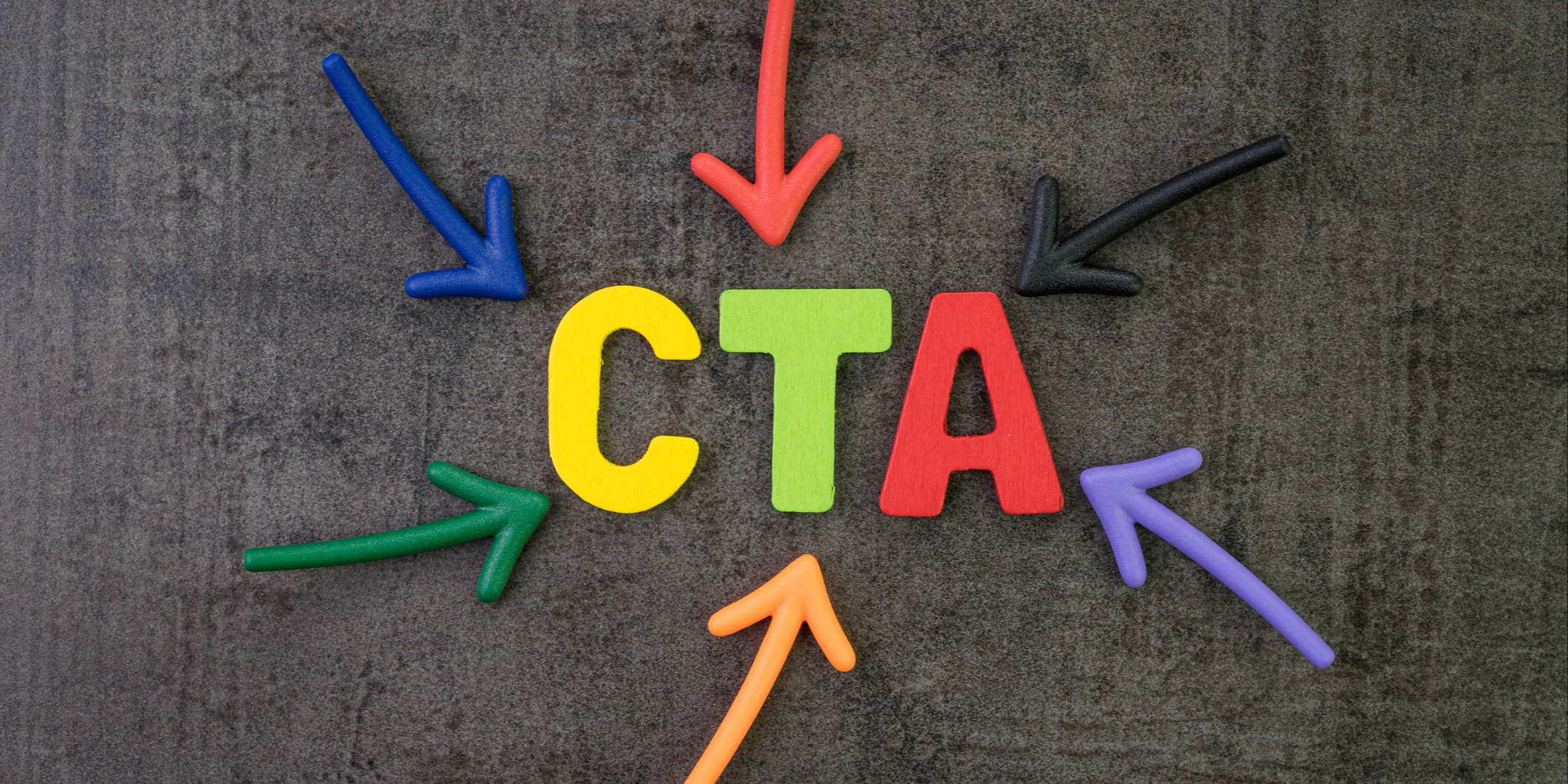
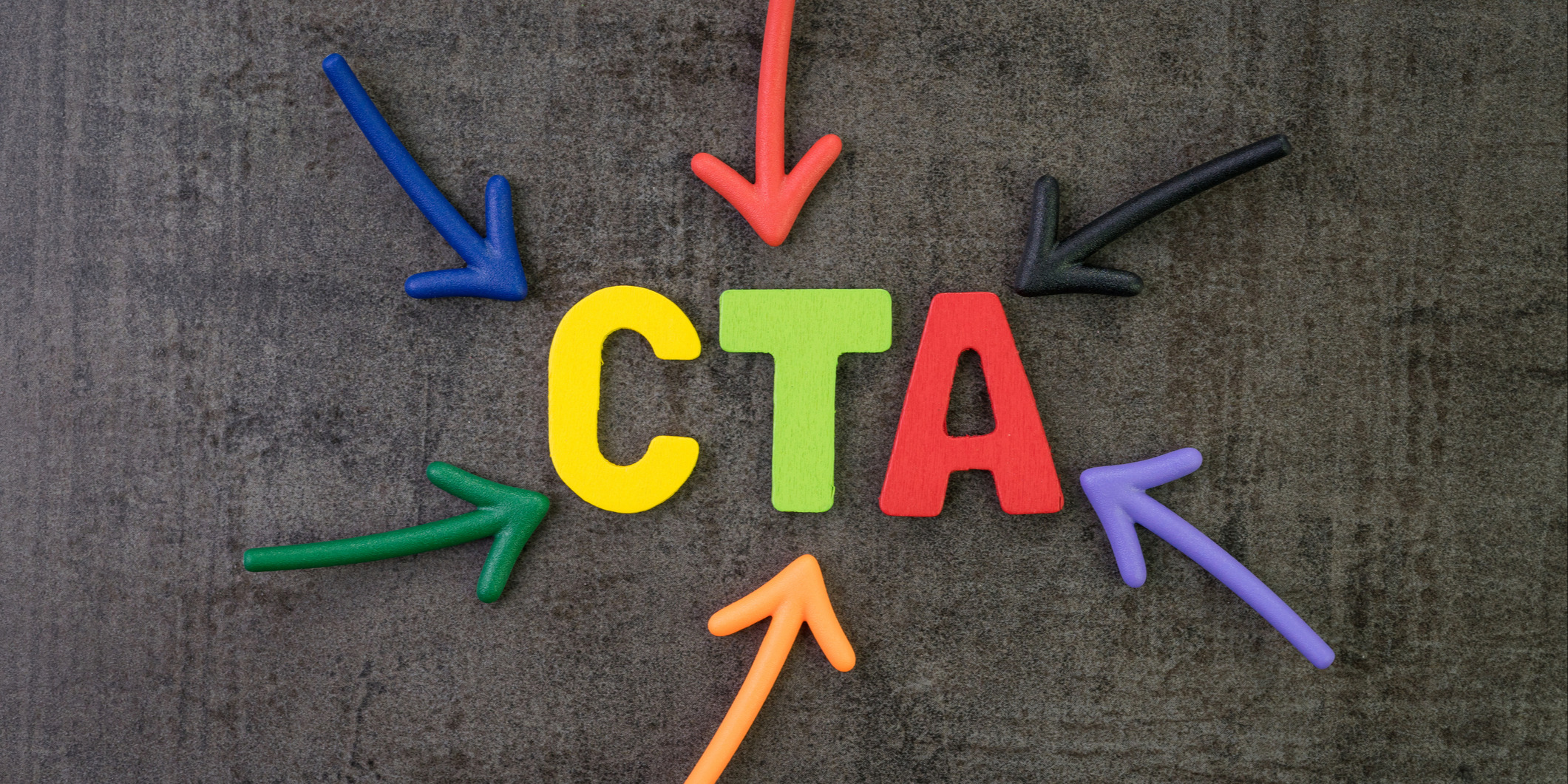
More than 90% of visitors who read your headline also read your CTA copy. If there were a ‘secret sauce’ to lead generation, it would be the call-to-action (CTA). If the CTA doesn’t persuade a visitor to take action, then your offer might just be void.
CTAs can be used on product pages, in digital ads, blog posts, email, social media, direct mail, throughout your website, and pretty much anywhere you can market your offer (both digital and non). However, not all CTAs are created equal. In a world where every brand is fighting for consumers’ attention, it’s critical that prospects choose your offer over your competitors. The CTA is what invokes that action (or doesn’t).
Keep reading, because this blog digs into how to create CTAs that invoke action.
In this ‘Profitable Lead Gen’ series, we share some advice that’s been time-tested to ensure you’re on the path to improving revenue through lead generation.
The first part of the Profitable Lead Gen Series lists many factors, assets, and strategies that go into profitable lead gen. It’s a big picture, and we’re sharing snippets in each post. LeadG2’s team of experts share tips related to lead generation often, and you can check out all of our blog posts on Lead Generation here.
We can’t dig into the CTA without first reminding us all about the mechanics of lead generation. The best lead gen campaigns contain most, if not all, of these components. From a tactical perspective, a marketer needs four main elements to make inbound lead generation effective, which include:
Other assets can support lead generation, but these are the main, necessary elements.
CTAs are just a button, right? Wrong. Whether you’re looking to increase traffic, conversions, leads, or sales —CTAs are THE element that could make or break the visitor’s decision to act on your offer.
Here are some tips to help you create CTAs that encourage the reader to act on your offer:
It seems like common sense, but depending on the CTA, you need to determine the placement on your site or in your ad. Calls-to-action perform best “above the fold” —the space where your web page is viewable to the user without having to scroll down.
According to heat map analysis, anything “below the fold” will only be viewed by 50% of people who visit your page. Increasing impressions on your CTAs can significantly increase your lead count. So, depending on what your CTA is and what action you’re trying to get, consider where your CTA is placed.
Clarity trumps persuasion. Oftentimes, marketers and copywriters like to be clever and witty, but sometimes the best copy is clear copy. Being specific and clear with what the visitor will get by clicking the CTA is vital.
X should clearly convey a compelling benefit of receiving the offer. This is much more effective than “Download Now” or “Get a Free Article” with no supporting copy on your button.
You don’t want your CTA to mimic that of a chameleon. A CTA is meant to stand out and stand apart from the main copy or ad so that the eye is drawn to it.
If your CTA blends in too much with your site design, no one will notice it. You want as many eyes to land on it as possible, so use contrasting colors to make the CTA stand out, and more importantly, use design to make it clear it is a clickable call-to-action.
This tip might seem minor, but it’s incredible how often businesses miss this opportunity. CTAs are meant to send visitors to a dedicated landing page where they receive a specific offer. Do not use CTAs to drive people to your homepage or just give them the download without collecting their information (by-passing the form and opportunity to collect contact info). Even if your CTA is about your brand or product (and perhaps not an offer like a download), still send them to a dedicated landing page that is relevant to what they are looking for.
If you have the opportunity to use a CTA, send them to a page that will convert them into a lead. Ensure the messaging on the landing page is consistent with the offer and the CTA verbiage, so the visitor is not frustrated or confused, which will likely make them stop researching or digging, and leave your site.
NOTE: We will discuss the importance of the landing page as part of profitable lead gen in the following blog post in this series, so stay tuned!
Creating effective CTAs is important to driving revenue through lead generation. With good placement, clear copy, good design, and strategic links, CTAs can help to make your lead generation efforts more profitable.
For more on this topic as well as additional lead generation tips, check out our new eBook, The 30 Greatest Lead Gen Tips, Tricks and Ideas! 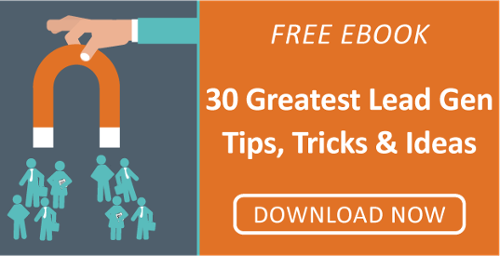
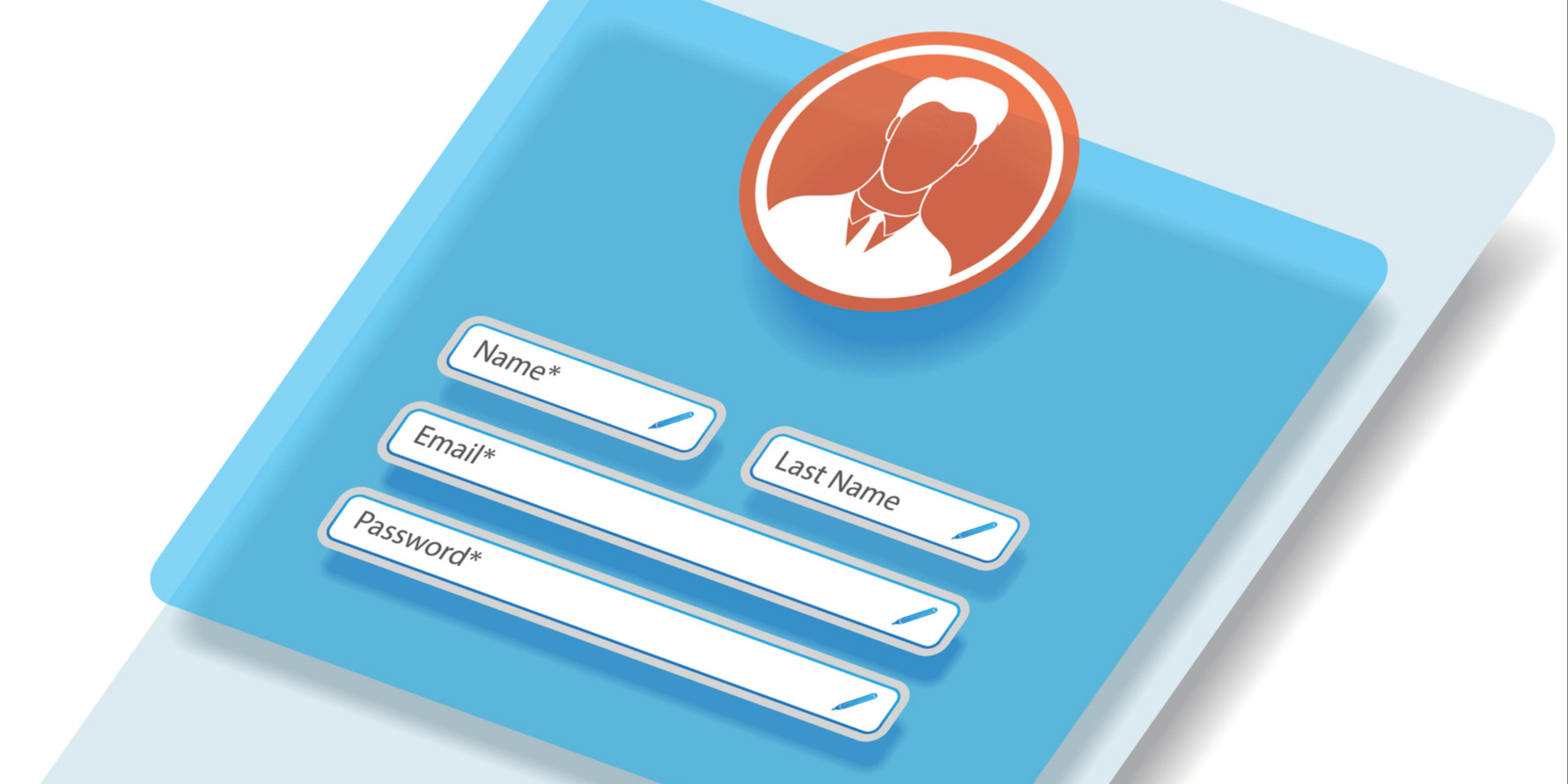
Lead generation doesn't actually happen until you turn a visitor into a lead by collecting their information via a form. Forms are the key to...

If CTAs are the ‘secret sauce’ to lead generation, then the landing page is the ingredient that allows you to call your sauce a ‘secret.’ You can...
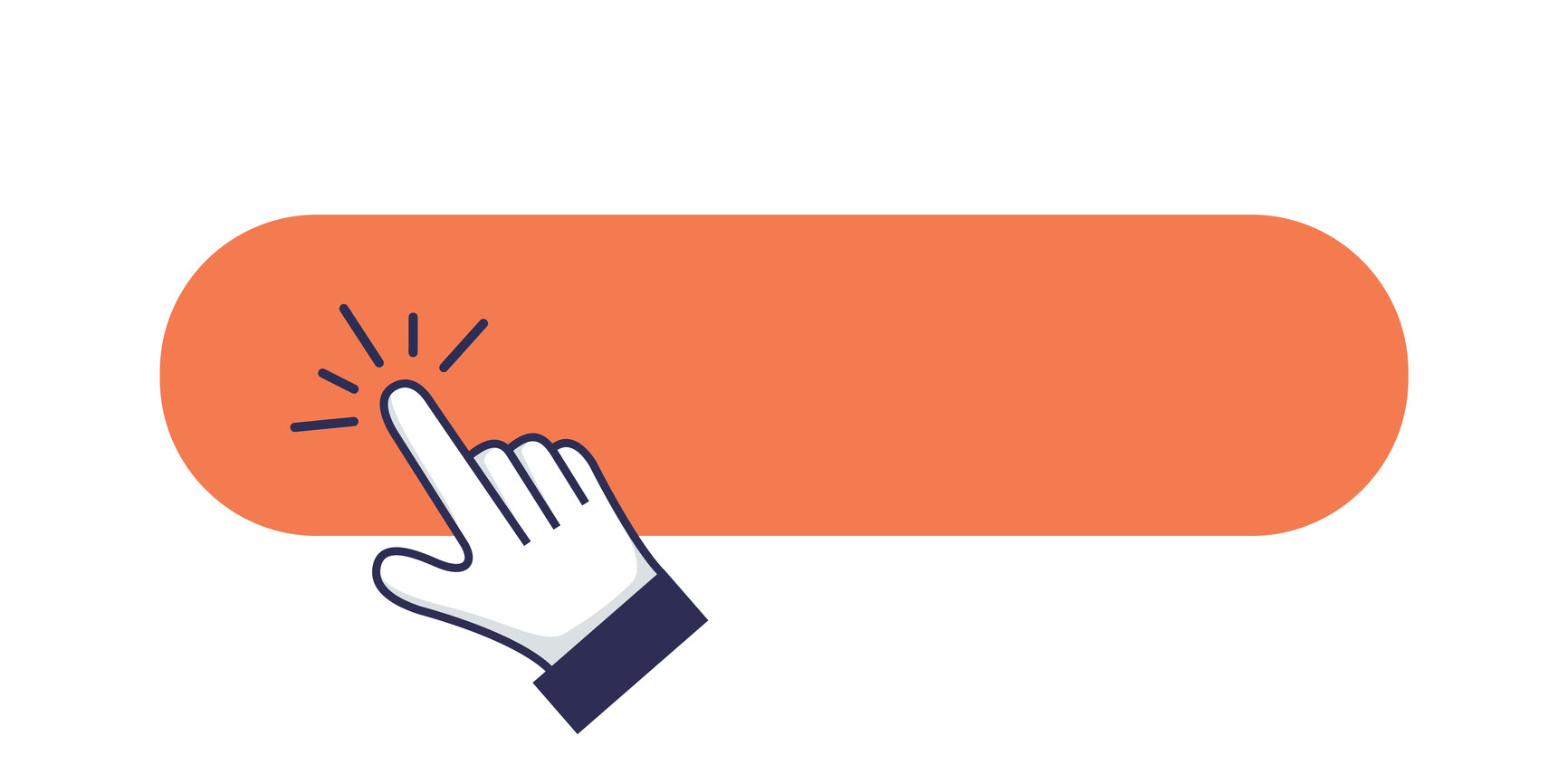
When it comes to inbound marketing success, more sales qualified leads should mean more revenue. And, to obtain more leads, you must get your...